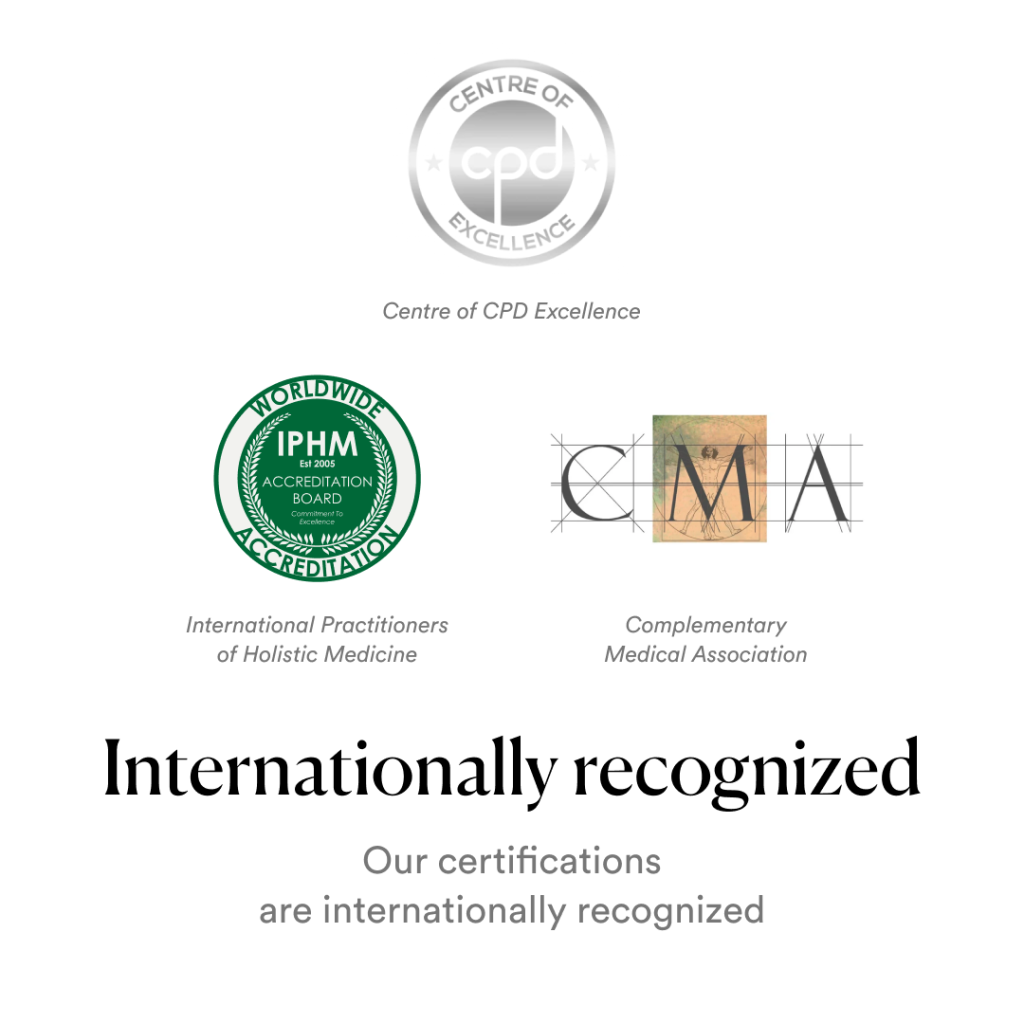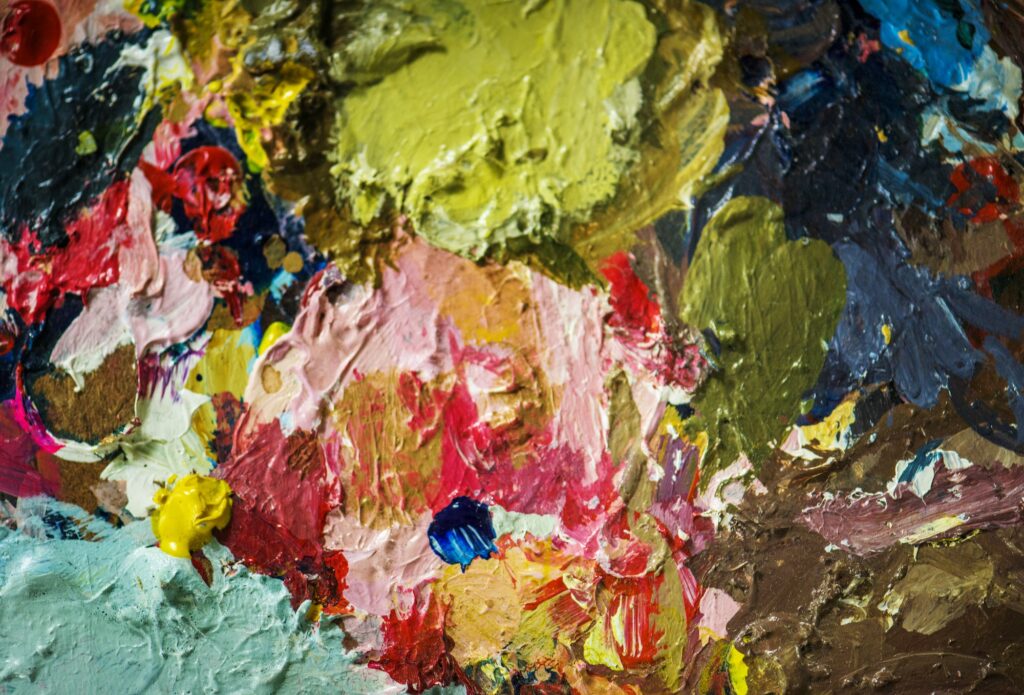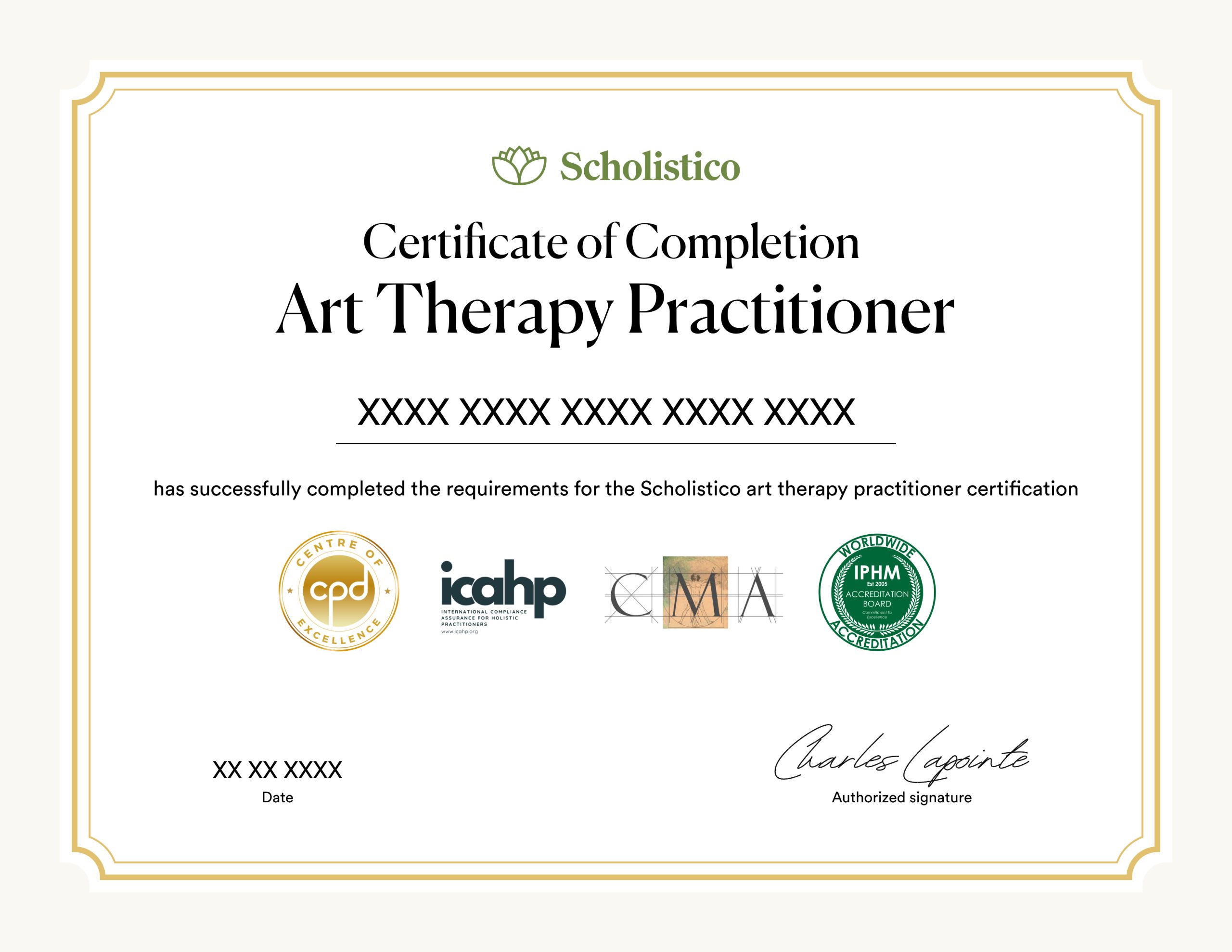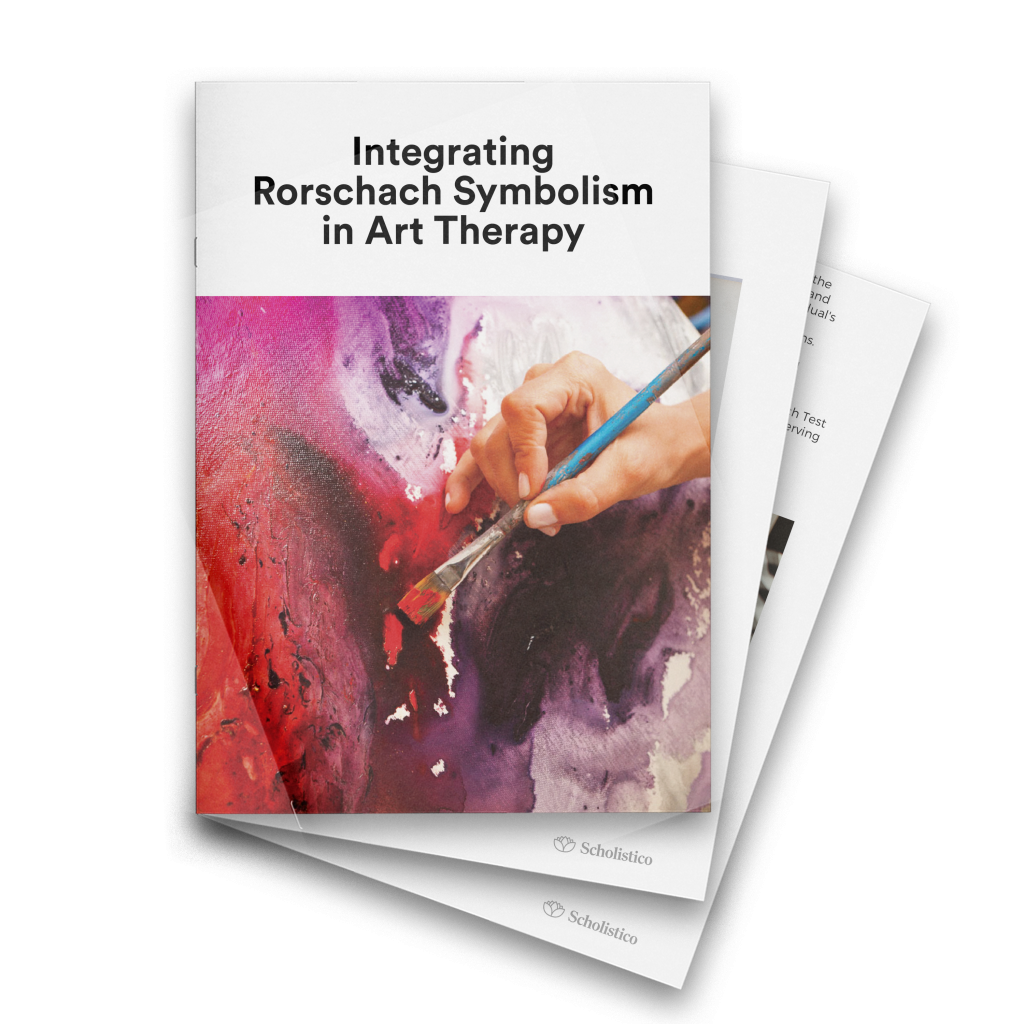In this module, we will dive into the fascinating world of art therapy by exploring its history, development, and the relationship between art, creativity, and healing.
Module 2: History & Overview of Art Therapy includes:
- The link between art, creativity, and healing: Understanding the healing power of art and creative expression.
- Exercise: Art and Healing – A practical activity to explore your own connection with art and healing.
- The history of art therapy: Tracing the roots of art therapy from ancient times to the present day.
- The role of the Rorschach Test: Examining the significance of this influential psychological assessment tool and its connection to art therapy.
- Exercise: The Evolution of Art Therapy – A hands-on activity to help you understand the development of art therapy throughout history.
- Exercise: Rorschach Test – Learn to administer and interpret a Rorschach test by conducting one yourself.
- Advocating for art therapy: Understanding the research supporting the effectiveness of art therapy in various populations and learning how to counter common objections.
By the end of this module, you will have gained a deeper understanding of the origins and evolution of art therapy, as well as its potential for healing and personal growth. This knowledge will serve as a strong foundation for your journey as an art therapy practitioner.
















































Hi Erin, we are so glad you enjoyed the activities! Wishing you absolute greatness on your wellness journey!